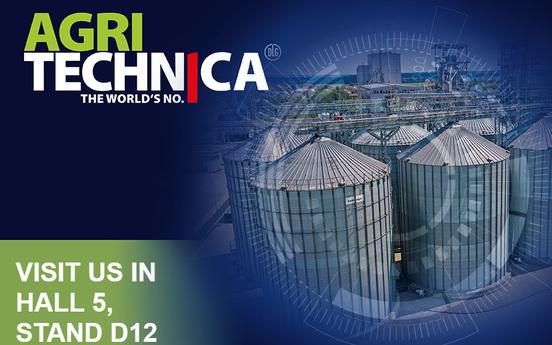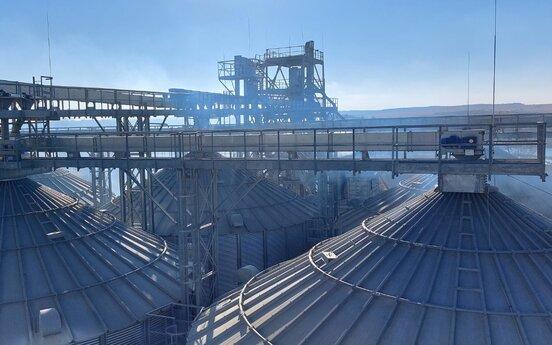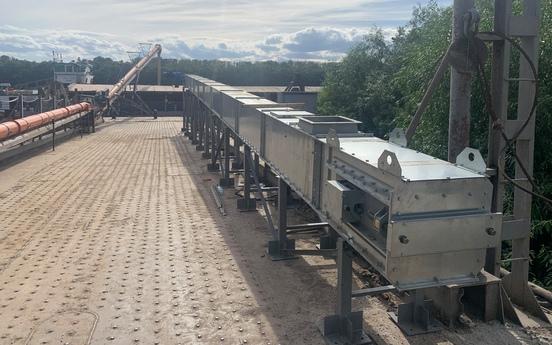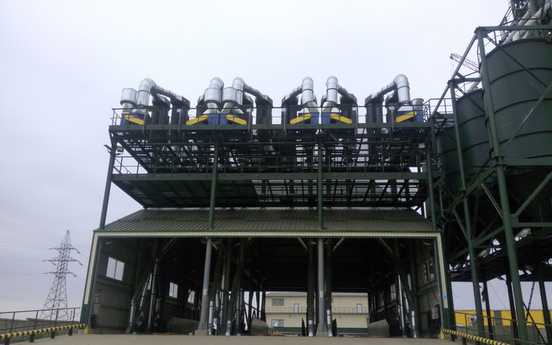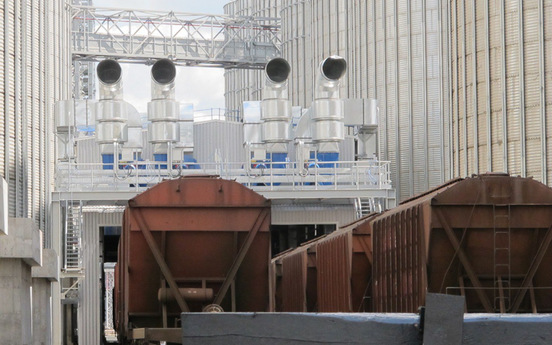Drying grain at the elevator: before or after cleaning?
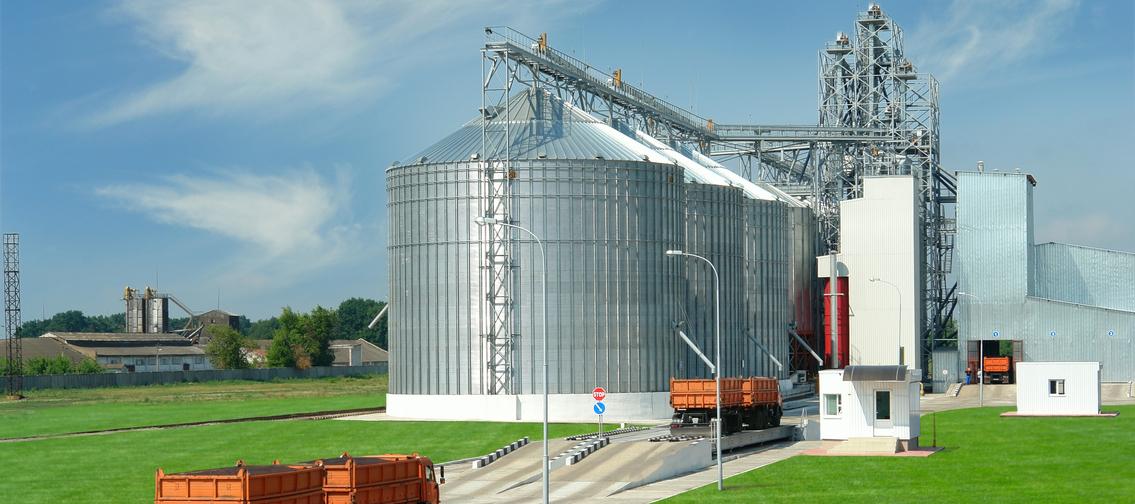
The issue of the order in which grain is dried and cleaned remains one of the most important in the operation of modern elevators. Not only the quality of the final product, but also the economic efficiency of the entire drying process depends on the right choice. The use of the latest solutions – grain dryers Unia Grains, efficient cleaning equipment and the right choice of grain drying method – is what helps to form the most appropriate workflow.
Drying grain before the cleaning stage
The traditional “drying → cleaning” scheme remains the most common solution at large elevators with intensive and continuous grain flow. It is used mainly in cases where the post-harvest mass has high moisture content and requires urgent moisture reduction to prevent self-heating and the development of microflora during storage.
The process of drying products in modern dryers, such as Unia Grains, is carried out in several stages with precise automatic control of temperature conditions and air supply speed. This approach to drying grain allows you to evenly remove moisture, preserve nutritional properties, and avoid overheating even under heavy load of the drying complex.
Advantages
- Crops with high moisture content reach marketable condition faster, which avoids spoilage during storage.
- The drying process is less dependent on the level of contamination of the batch.
- Grain drying before cleaning reduces the risk of sticking of conveyors and facilitates further movement of grain in elevator equipment systems.
- Queues during peak loads at receiving facilities are reduced.
- The grain drying process is more stable at high-performance plants.
Disadvantages
- Impurities are often dried together with the seeds, which leads to fuel overruns.
- Abrasive particles increase wear and tear on the dryer and conveyors.
- Drying is not always a uniform process due to the different moisture content of the components in the batch.
Drying grain after preliminary cleaning
The “cleaning → drying” scheme is rapidly gaining popularity among elevators and farms seeking to increase the efficiency of post-harvest handling and reduce fuel costs. Pre-cleaning involves removing coarse and light impurities such as stones, clods of soil, metal particles, chaff, and dust. Cleaner products are heated more evenly in the drying chamber, which allows you to fine-tune drying modes and reduce the risk of overdrying or overheating. The use of modern separators and aspiration systems helps to maximize the efficiency of this stage, even with high moisture content.
Advantages
- Reducing batch weight saves up to 20% of fuel during grain drying.
- Cleaned grain releases moisture faster and more evenly.
- The grain dryer operates in a gentle mode, reducing the risk of overheating.
- The quality of the finished product improves, and the amount of husks and dust after drying is reduced.
Disadvantages
- Wet-raw crops are more difficult to deeply clean.
- Higher risk of sieves clogging at high moisture levels.
- The need for additional buffer tanks and more complex logistics within the elevator.
How do I choose the right drying order?
The choice depends on several factors:
- Initial moisture content and contamination of the product (more than 10% impurities – better cleaning first).
- Type of impurities (light ones are removed before drying, heavy ones can be dried together).
- Capacity and modernity of the elevator equipment (new separators can handle wet mass).
- Loading schedule and throughput capacity of drying complexes.
Grain drying technology must ensure accurate drying modes and minimal loss of nutritional properties. There is no universal solution – the optimal scheme is determined after a quick analysis of the batch and the capabilities of a particular complex.
Practical advice for elevators and farmers
- Use modern dryers with automatic temperature and humidity control.
- Combine grain drying methods: preliminary removal of coarse impurities and subsequent main drying of the grain.
- Maintain a stable supply of raw materials to reduce the risk of errors during the drying process.
- Choose grain drying methods depending on the crop: multi-stage cycles are effective for corn, and gentle grain drying modes are effective for wheat.
- Regularly check the technical condition of cleaning equipment and conveyors.
- Use automated loss accounting systems to monitor the efficiency of each stage.
Conclusion
Drying is an important stage of post-harvest processing. The choice of the sequence of operations depends on the condition of the raw materials, technical capabilities and requirements for the final product quality. The optimal technological process of grain drying means fuel savings and stable performance of the finished batch. Modern equipment and properly selected drying methods help elevators and farmers achieve high efficiency without compromising the harvest.

